
-
Updating Roman Jakobson’s ‘Poetic Function’ with Vector Semantics
Read more: Updating Roman Jakobson’s ‘Poetic Function’ with Vector SemanticsKurzynski discusses how poetry extends beyond sound and rhythm and taps into a deeper network of meanings.


Kurzynski discusses how poetry extends beyond sound and rhythm and taps into a deeper network of meanings.

Via Discovery & Inspiration, a podcast from the National Humanities Center In this short podcast from the National Humanities Center, Alka Patel, author of Iran to India, introduces her work on the Ghurid Dynasty, and what she means when she…
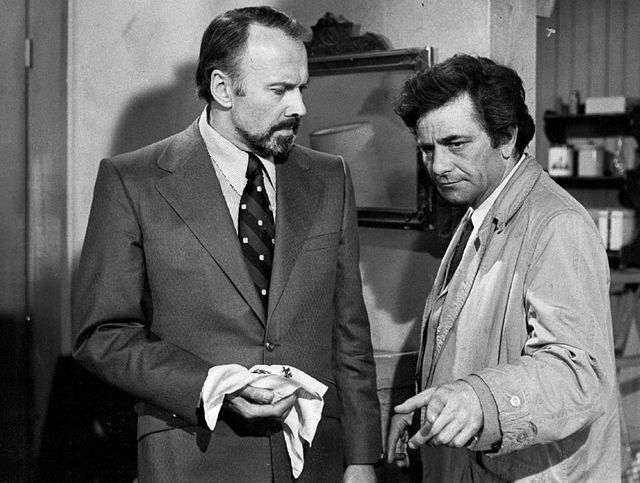
by David Martin-Jones In a previous post, David Martin-Jones, author of Columbo: Paying Attention 24/7, explored the recent and enduring popularity of the cult detective show, fifty years after the first episode aired. In this follow-up, David discusses two videoessays…

by David Martin-Jones In part one of a series, David Martin-Jones, author of Columbo: Paying Attention 24/7, explores the resurgence of popularity for the beloved detective. Columbo suddenly became famous again under lockdown. Why? Is it because it is a…

by Emma Wilson Céline Sciamma: Portraits (2021) I suggested a book on Céline Sciamma for the Visionaries series after seeing her first three films, Waterlilies (2007), Tomboy (2011), and Girlhood (2014). I was moved by the sensitivity of her imaging…
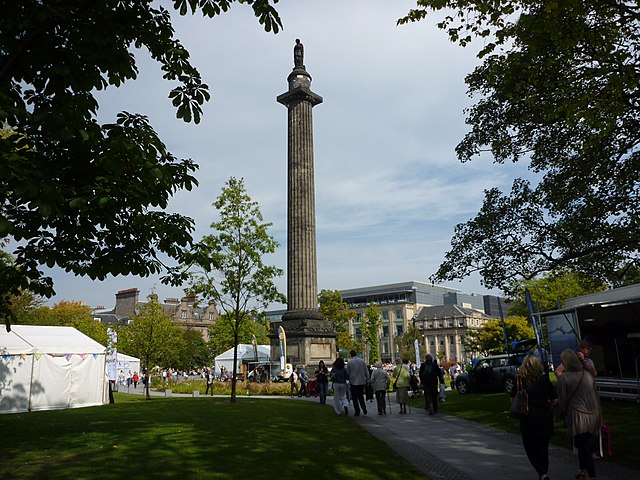
Stephen Mullen Missed Part 1 and 2? Read them here! Part 1Part 2 The Scottish Historical Review was the natural home for this article: based upon a Scot’s actions in parliamentary debates in the House of Commons and his role…
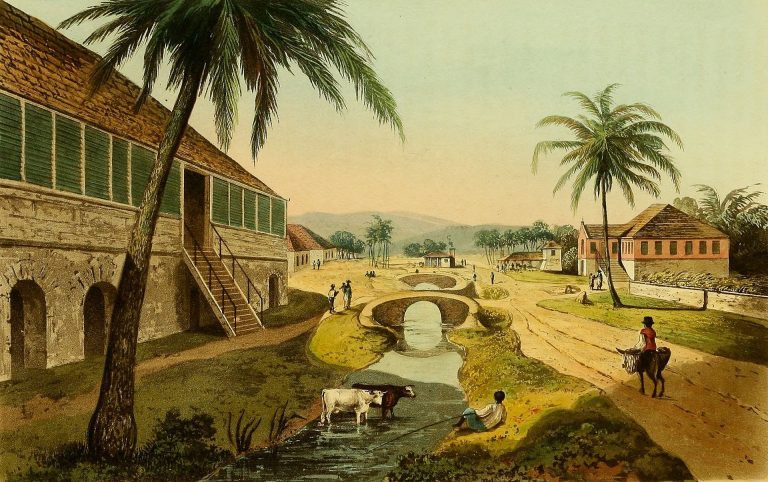
Stephen Mullen Missed Part 1? Read it here! I was a reluctant and unintentional scholar of Henry Dundas. Whilst examining the West India Committee records in the University of the West Indies, St Augustine in Trinidad in 2016, I stumbled…

Stephen Mullen Since 2016 or thereabouts, there has been considerable public discussion about the role of Henry Dundas (1742–1811) in the debates surrounding the abolition of the slave trade in the House of Commons after 1792. Dundas was the Lord…
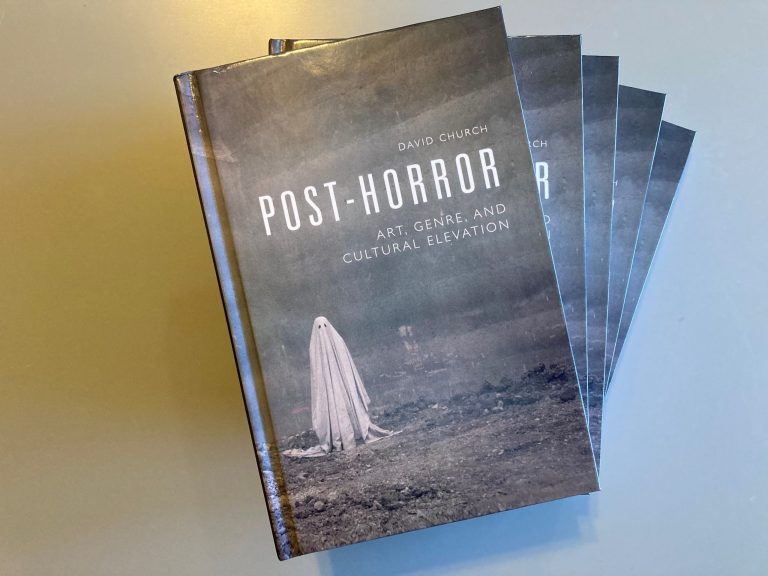
In this interview, David Church discusses Post-Horror: Art, Genre and Cultural Elevation, exploring the meaning of post-horror, its recent popularity and the films he examines in his book. Broadly speaking, what is ‘post-horror’? I see ‘post-horror’ or ‘elevated horror’ films…
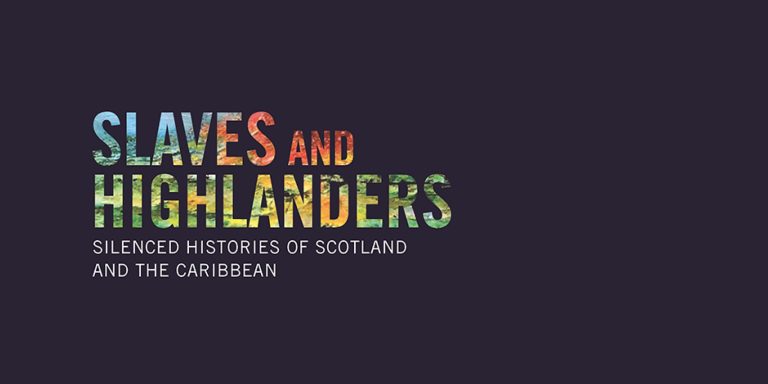
by David Alston Can you tell us a bit about the book? Slaves and Highlanders is an exploration of the role played by people from the North of Scotland in the slave trade and in the plantations of the Caribbean.…